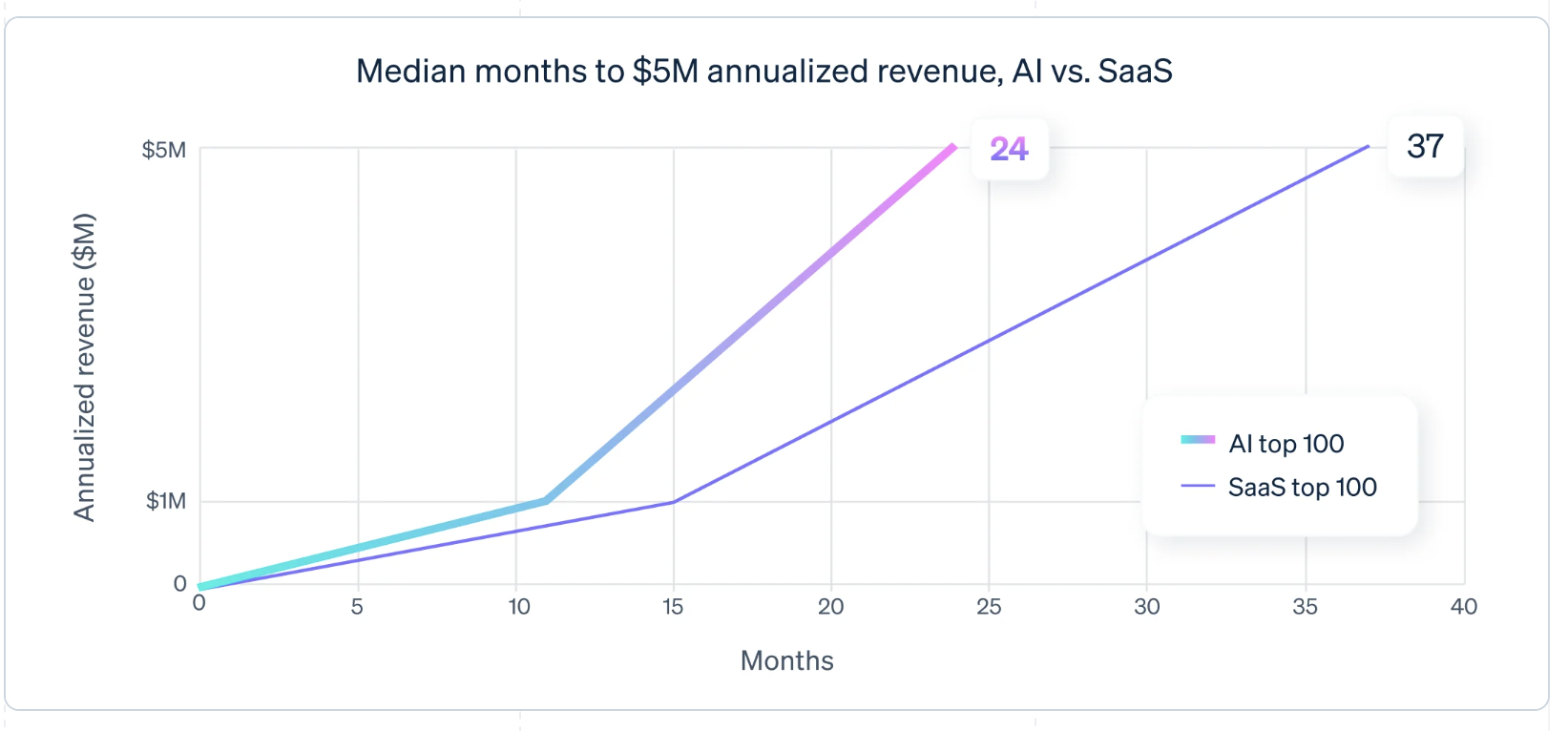When Your User Isn’t Your Buyer: Mastering the Art of Influence in B2B SaaS Sales
Hello everyone. Gather round, because today we’re going to discuss a problem so common in the world of B2B SaaS that it should probably be classified as a communicable disease in the corporate medical textbook — “Misaligned Buying Syndrome.” That’s right, the delightful mess when the person actually using your gleaming, meticulously polished product isn’t the one who decides whether it’s purchased. Ah yes, the classic Dev vs. CTO tango, and no, it’s not nearly as graceful as it sounds.
The Myth of the One True Customer
Let’s begin by dismantling the fairy tale many founders cling to: that your “ideal customer” is always the person with the credit card. Hate to break it to you, but sometimes the cardholder is merely a formality, a human rubber stamp whose primary skill is signing off on things already decided elsewhere. The real question is far less romantic — who has the leverage? Who’s got the magic combo of influence, incentive, and ability to escalate this purchase up the org chart without losing political capital?
Scenario 1: Smaller Companies — The Wild West
In the bustling sandbox of early-stage startups, the devs often reign supreme. These folks were hired for their technical wizardry, and when deadlines loom like an orc raid in progress, the CTO is laser-focused on speed to market. This dynamic arms the dev with unusual power. A new tool? Sure, if it chops two sprints off the roadmap, they’re likely to slip it in faster than a rogue picking a lock in stealth mode. Sometimes the product sneaks in quietly via a free trial account before anyone realises they’ve been Trojan-horsed into paying for it. Stealth. Evasion. Deployment. It’s practically a speedrun strat for SaaS adoption.
Scenario 2: Enterprise Giants — The Bureaucratic Dungeon Crawl
Contrast that with the towering, spreadsheet-obsessed fortress of a large org. Here, the CTO and directors wield the keys, and their priorities revolve around risk mitigation and security compliance. Nobody’s “just installing” anything; that would trip more alarms than a rogue plugging in a USB stick mid-heist. The sales cycle transforms into a multi-month slugfest through layers of procurement, legal, and security audits. Here, your dev’s opinion is filed neatly under “cute but irrelevant” while the decision-makers evaluate the tool’s ability to not explode in the company’s face — figuratively, but possibly literally.
It’s About Power, Not Love at First Use
Whether you’re talking rapid dev adoption or multi-gate bureaucratic siege, the pattern is consistent: influence trumps user enthusiasm. The CTO might not care how much your tool improves a dev’s workflow if that improvement doesn’t align with organisational KPIs. That said, sometimes the product genuinely improves the dev’s life to the point that they’ll pay out-of-pocket to look like a genius when they deliver results. But let’s be clear — these incentives are wildly different. One’s about career safety and macro goals. The other? Personal glory and immediate pain relief.
The Playbook for the “Not-My-Buyer” Strategy
So how do you sell when your champion isn’t writing the cheque? You supply ammo. Not literal ammo — though a Nerf blaster would make dev stand-ups more interesting — but persuasive assets tailored to satisfy leadership’s criteria while showcasing the end user’s wins. You’re turning your devs into your salespeople — unpaid, albeit dangerously motivated ones.
- Translate developer love into C-suite logic: Don’t tell them, “Here’s how you convince your boss.” Instead, hand them a report showing tangible, accurate time saved and efficiency gains. Bonus points if it ties directly to profit or cost avoidance.
- Run customer interviews: Ask your dev users what roadblocks they face when pitching internally. What shuts leadership down? What lights up their eyes? Map that intel into your marketing materials.
- Smooth friction points: Anything that delays leadership from approving is the enemy. Kill it with process clarity and data-backed reassurance.
The Developer as Your Secret Sales Force
The dev here isn’t merely “the user.” They’re your covert operative, your player one. Set them up for victory, and you indirectly win the executive approval game. Help them navigate the corporate equivalent of a raid boss encounter, and suddenly budgets open like loot chests. Treat them poorly, and you’ve lost your only ally behind enemy lines.
Final Prescription
Medically speaking, this is a case of “organizational power displacement.” The treatment plan? Diagnose where the true decision-making organ resides, then equip the affiliated tissue (your user) with exactly what they need to make the organism (the company) approve the procedure (buy your product). Success hinges not on showing the CTO how shiny your UI is, but on proving, with actionable evidence, how the company’s health metrics improve post-adoption.
My overall prognosis? If you understand the org’s anatomy, respect the user’s incentives, and feed them the right sales nutrients, you’ve got a fighting chance. Ignore this, and you’ll just be another SaaS vendor left in procurement purgatory.
And that, ladies and gentlemen, is entirely my opinion.




